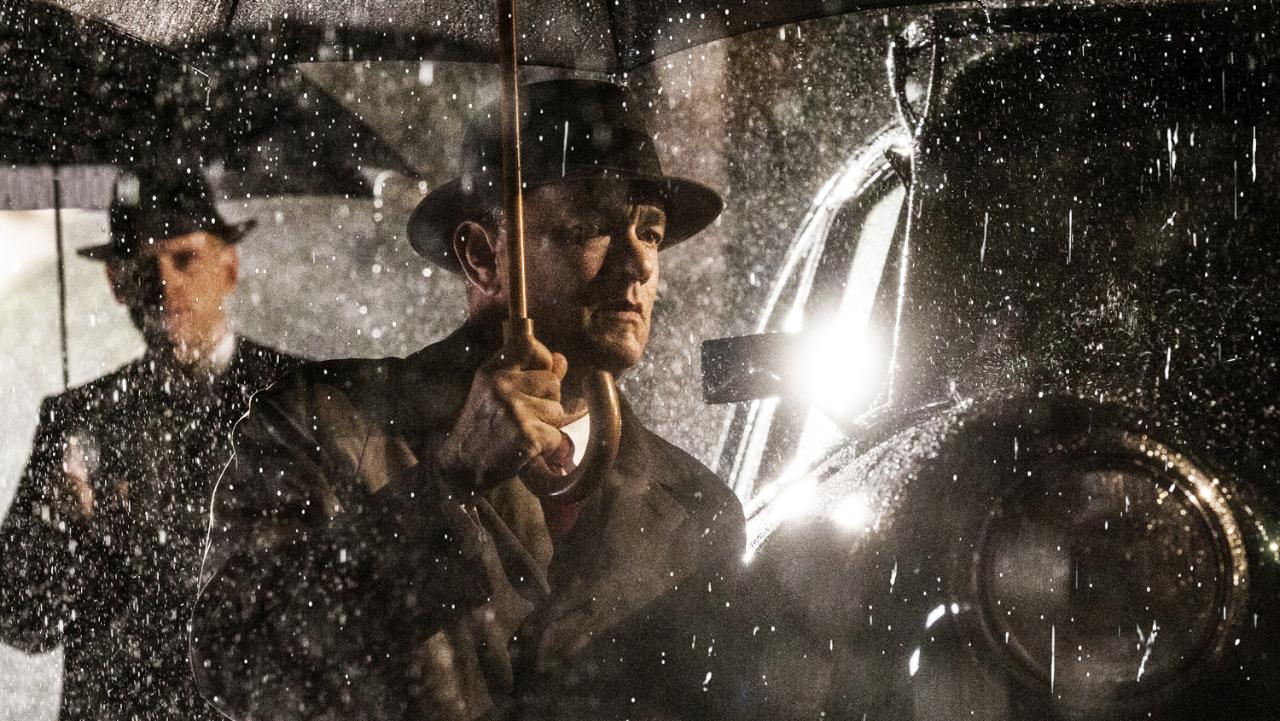SAM TAYLOR reviews Steven Spielberg’s Bridge of Spies, nominated for Best Picture at the Academy Awards.
It is 1957, the height of Cold War tensions. In America primary school children pledge allegiance to the star-spangled banner and watch nuclear attack survival videos. In Germany, the Berlin Wall is erected and snow falls hard on the desolated Eastern half of the city.
In this atmosphere of distrust the two opposing nations send spies to uncover their enemy’s secrets. Rudolf Abel, played by Shakespeare sweetheart Mark Rylance, is captured first. The authorities want a show trial, but in steps Tom Hanks, perpetual good guy, here disguised as Irish-American insurance lawyer James B. Donovan. Donovan is determined to give Abel a fair hearing, recognising that the time will come when America will need a bargaining tool with the USSR. The time comes later, and Donovan flies to Berlin to arrange a swap for captives Francis Garry Powers and student Frederic Pryor, captured on the day the wall was put up.
As a thriller essentially focused around diplomacy and politics, the film demands a long attention span at two and a half hours. The film exudes mystery from its speech-free opening scene, starting with a microscopic close up of Rylance, every muscle and sinew straining. Bridge of Spies rarely dwells on action-heavy sequences, relying instead on the tension created by the strength of its dialogue and narrative – something that is very difficult for a blockbuster to pull off. Though the film, perhaps, does go on too long, intrigue is generally maintained.

The film captures the Cold War mood very well. Director Spielberg should take a lot of credit for the strength of the setting, as it is conjured by confident and expansive shots of enormous, highly detailed sets – that of East Berlin is particularly evocative. Though short in relation to the rest of the film, the scene where couples attempt to climb over the wall only to be gunned down is the film’s most powerful. Like Rylance’s acting, the moment is underplayed, momentarily interrupting the comparatively cosy and somewhat futile world of espionage in order to expose the cruel effect Cold War politics had on ordinary citizens.
Tom Hanks’ characterisation of Donovan is accomplished but in a very similar mould to his portrayal of Captain Phillips in the 2013 film of the same name. Meanwhile, Rylance’s performance is fine, but he is not given too much to work with. His defining moment seems to be his wry repetition of the phrase ‘would it help?’ which eventually becomes blunted when everything Abel says is supposed to be droll and poignant. The rest of the casting does little to help the diversity debate that has been so glaringly highlighted by the recent Oscar nominations, with most of the cast being almost exclusively white and male.

The main problem with Bridge of Spies is its simplistic and divisive characterisation of the Americans and the Russians. Just as Hanks is similar to Captain Phillips, so is the film in its ‘land-of-the-free’, pro-America bias. At first Bridge of Spies appears highly critical of reactionary, bloodthirsty American public opinion against Donovan who becomes “the most hated man in America”. But this self-criticism is not sustained.
The Americans aren’t shown to torture or even interrogate Abel at all – something that is hard to believe given their track record. They even provide Abel with a set of paints and paper (how thoughtful!), while the Russians aggressively and frequently interrogate Powers, waking him up in the middle of the night, waterboarding him and using violence. Nearly all the Russian characters apart from Abel are hinted at being underhand and mischievous in some way. The film gestures as if it will challenge American public consciousness, but still ultimately feels like a film with a Hollywood imprint.
Bridge of Spies is halfway towards being a considered, well-written thriller, but is blemished by a stereotypical, one-eyed patriotism that undermines the complexity of its themes and plot.





